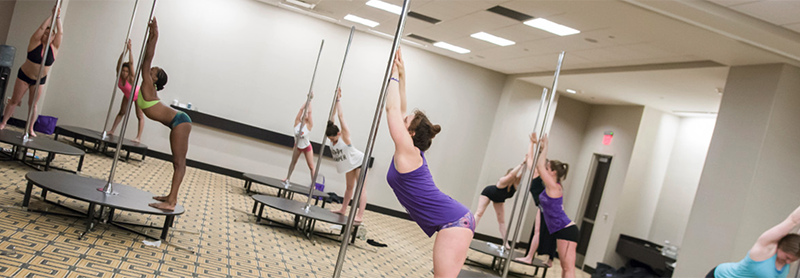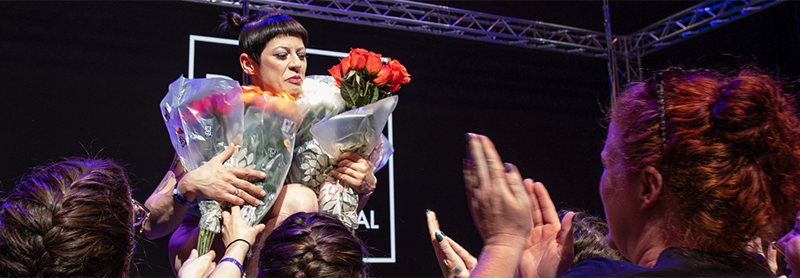There are plenty of things to consider when starting your own pole studio or becoming…

Top 10 ways to run a safer pole dance events
Pole dancing is an extreme activity, and no one can fully “guarantee” safety in all instances.
All event producers can, however, take steps to minimize physical safety issues during their events.
Here is a short “checklist” you can use to run safer pole events whether they be small in-studio or in-bars type events or large-scale conventions or competitions.
Links are included for more in-depth information on specific topics and in some cases templates you can use to build your own policies.
- Have onsite medic(s) at all times. Make sure you always have qualified medical professionals available during any competition or performance. In some cases, this may be 1 or more people. It may also be additionally having medical transport in the parking lot of the facility during the show/competition.
- Make sure all medics are well-equipped with appropriate first aid materials and access to an AED. Introduce the medics to all performers/competitors, and stage/venue staff. Provide clear clothing designations (like a jacket, hat, or vest) so they can be seen from a distance and a specific place that they will be stationed. Have your own AED. If that isn’t possible, know exactly where the venue AED is and make sure someone knows how to use it.
- Make sure your staff has basic medical certifications such as CPR or First Aid.
- Have appropriate insurance. This helps pay for any medical bills if someone gets hurt (more US specific but still relevant).
- Have an emergency action plan for when something goes wrong so you and your staff know exactly what to do it. Review it regularly with your staff.
- Use a truss mounted pole (not a pressure mounted pole) OR a stage pole. While the a truss mounted pole will not “guarantee” that the pole won’t tip, fall, slip or otherwise “fail,” these options are often better than pressure mounted poles.
- Have a designated technician who understands poles and pole mechanics to watch the pole the whole time during any performances/competitions. Even a truss mounted pole could slip at the bottom. Pole manufacturers typically recommend the pole is screwed into the floor/stage decking as an additional precaution but that might not always be possible. Tighten and realign the pole as needed. Even better – check the pole BEFORE there is a visual shift every few performers or at a minimum during a scheduled break or intermission. Service your poles using a pole maintenance plan.
- Only use stage names. Not every performer (or event staff) is safe using their legal/government name in connection to pole dancing. Use only their given stage names during your event and in public spaces (in person and virtual).
- Communicate safety procedures with your performers/competitors. Make sure all involved understand the safety procedures at your event including where to get medical help and what medical help is provided. Communicate any additional safety information such as a code of conduct, weapons policy, and COVID (or other health) related policy. Confirm all involved sign waivers that explicitly allow to provide medical assistance and state the risks involved in participation so all can make a clear, informed decision to participate.
- Document any incidents. Use an incident report and learn from any mistakes.
Pole dancing events are a great way to build community in small and large ways. AND we can all be safer while still having fun if we follow some basic precautions.



